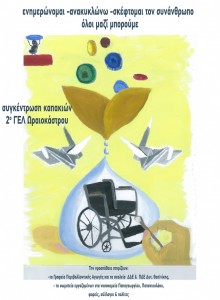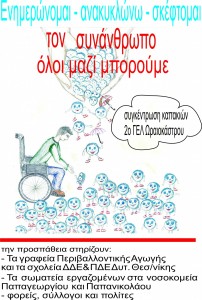 Electrical DC circuit construction & operation in a virtual Lab
Electrical DC circuit construction & operation in a virtual Lab
Eftychia Karagianni*, physicist, MD electronic physics, Georgios Chatzigeorgiou*, biologist,
*2nd General Lyceum of Oreokastro, Greece
Abstract: Students often have misconceptions about electricity and difficulties about how to interpret circuit behavior. It is therefore important for teachers to be clear on what they are teaching and how they do it more effectively. The Phet Colorado interactive simulation “Kit:DC Virtual Lab” is a very good application for that purpose and the reason that all the stem lesson is based on it. The Stem lesson includes 4 activities where students are invited to design and construct series, parallel and short circuits and try to understand their bahaviour.
 After these activities, students should be able to:
After these activities, students should be able to:
- Cognitive Domain
-make and test predictions about circuits that will work.
-say whether the evidence support the prediction.
-take measurements on a circuit.
-wire a basic circuit.
-explain the difference between series and parallel connections.
-change the brightness of bulbs in a circuit.
-make prediction about the effect of changing the battery voltage and bulbs position in a series and parallel circuit.
-be aware of electrical hazards (short circuit) and able to implement basic action to avoid unsafe work conditions.
- Affective Domain
-cooperate in group activities (teamwork).
-participate in class discussions.
-listen to others with respect.
-show the ability to solve problems by using an objective approach.
- Psychomotor Domain
-make quantitative and qualitative judgments, relative to electrical circuits and their operation.
-perform a mathematical equation (Ohm’s law, calculation of the total resistance in a series and parallel circuit).
-design and construct basic DC electrical circuits (schematic and pictorial circuit diagrams).
You could see the STEM lesson – Worksheet in the pdf file:




























